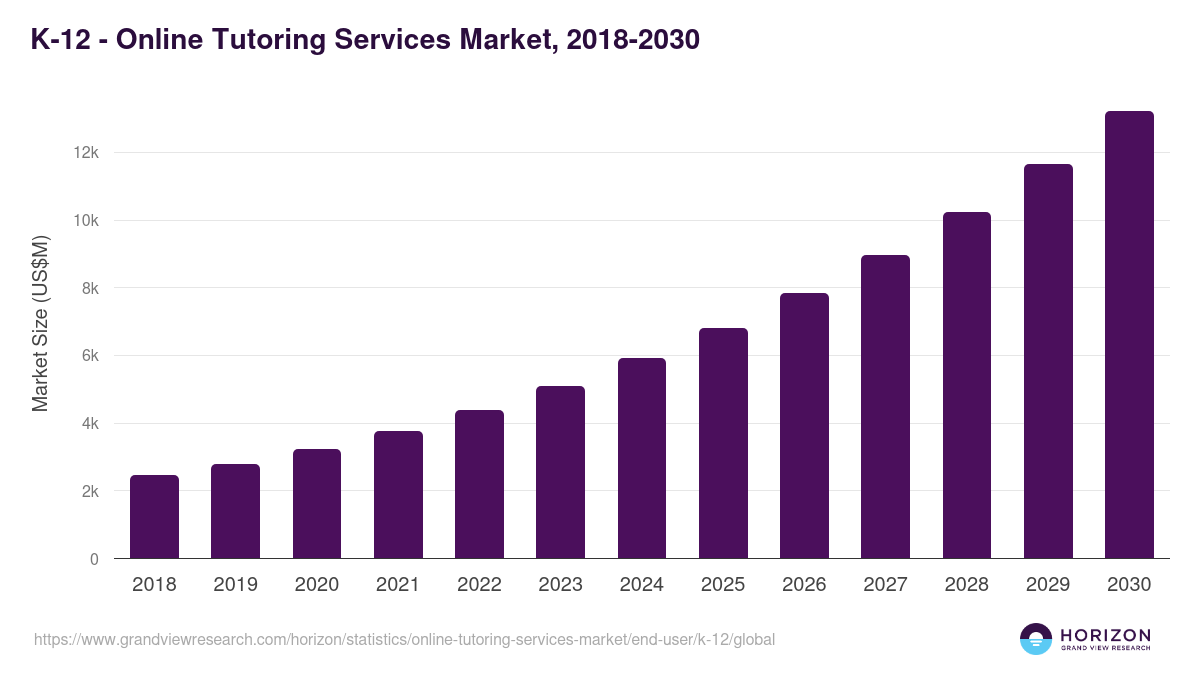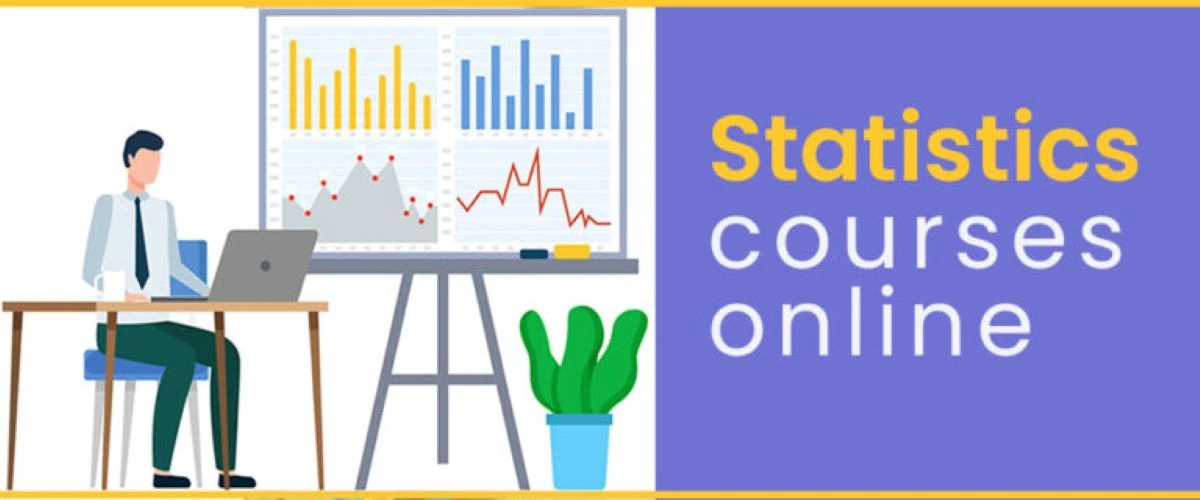Understanding the Challenges: Why Students Discover Data Difficult and How Tutoring Assists
Stats presents many difficulties for students. The intricacies of foundational ideas, paired with complicated terms, frequently bring about misconceptions. False impressions can come from cognitive prejudices, particularly in distinguishing correlation from causation. Customized tutoring arises as a practical solution, supplying tailored guideline that addresses specific learning requirements. As pupils browse these obstacles, they might uncover that the ideal assistance can change their understanding and perspective in the direction of the topic. What other advantages might this technique offer?
The Intricacy of Statistical Concepts
Although analytical principles are essential for information analysis, their complexity usually presents significant challenges for learners. Several pupils battle to grasp fundamental ideas such as possibility, circulations, and hypothesis screening. These concepts need not only mathematical skills however likewise an understanding of their real-world applications, which can be abstract and unintuitive. Using jargon and technological language better complicates the discovering procedure, making it tough for pupils to connect theory with technique. Furthermore, the interplay between various analytical techniques can cause confusion, particularly when determining the proper method for a given dataset. As learners attempt to navigate these complex ideas, they may become overloaded, causing disappointment and disengagement. This intricacy requires effective training approaches and encouraging resources, such as tutoring, to aid pupils construct self-confidence and attain a much deeper understanding of stats. Acknowledging these difficulties is the initial step towards facilitating better educational results in the area.
Challenges in Information Analysis
Information interpretation provides significant difficulties that can hinder exact evaluation and decision-making. Students typically battle to attract purposeful final thoughts from information because of a lack of knowledge with various statistical methods and devices. False impression can emerge from the frustrating amount of info, resulting in complication about which metrics are appropriate. In addition, cognitive predispositions might shadow judgment, creating pupils to prefer data that confirms pre-existing beliefs rather than assessing details objectively.
One more obstacle lies in distinguishing connection from causation, a critical principle that can alter understanding of partnerships within data collections. Additionally, the aesthetic depiction of information, such as graphs and charts, can often misinform otherwise translated appropriately, causing imprecise verdicts. These obstacles underscore the importance of creating strong information analysis abilities, as they are important for making notified decisions in both scholastic and real-world contexts. Efficient tutoring can offer the support needed to conquer these hurdles and foster greater understanding.
The Function of Possibility in Statistics
Exactly how does probability shape the structure of statistical analysis? Probability functions as an essential tool in statistics, enabling scientists to make reasonings regarding populations based upon sample data. By evaluating uncertainty, possibility makes it possible for statisticians to approximate the chance of numerous outcomes, assisting in decision-making processes. For circumstances, likelihood circulations, such as the normal distribution, offer important structures for understanding data habits and variability.
Principles like theory screening rely heavily on likelihood to determine the relevance of our website outcomes. This interaction between possibility and statistics aids in assessing the validity of cases and assisting more study. Understanding chance is important for analyzing statistical results accurately, as it helps to contextualize findings within their more comprehensive unpredictability. Subsequently, a strong grasp of chance concepts equips pupils with the analytical skills needed to take on complicated statistical challenges, promoting an extra extensive comprehension of the topic
Usual Misconceptions Concerning Stats
What are some typical mistaken beliefs that typically cloud the understanding of data? Several individuals erroneously believe that stats merely includes numbers, forgeting its conceptual foundations. Some assume that a little sample dimension can yield dependable verdicts, disregarding the relevance of representative data. Another widespread misconception is the idea that relationship suggests causation, leading to erroneous analyses of partnerships in between variables. Additionally, many trainees believe that statistics is solely about calculations read the article instead of acknowledging its function in information analysis and decision-making. Others may see stats as a rigid technique, stopping working to value its versatility in various contexts. Misconceptions regarding statistical importance, such as corresponding it with functional value, additionally add to confusion. These misconceptions can hinder pupils' capability to comprehend statistical principles efficiently, frequently causing stress and stress and anxiety when engaging with the topic. Attending to these misconceptions is necessary for fostering a much more extensive understanding of data.
The Advantages of Tailored Tutoring
Customized tutoring deals considerable benefits for pupils struggling with stats, as it tailors instruction to private learning designs and demands. This tailored technique permits tutors to identify details areas of problem and adjust their mentor techniques accordingly. By concentrating on the distinct obstacles each student encounters, customized tutoring promotes deeper understanding and retention of analytical principles.
Individually interaction offers students with the possibility to ask concerns freely and obtain instant comments, boosting learning effectiveness. Personalized tutoring likewise aids build confidence, as trainees progression at their own rate without the stress of a class environment.

Often Asked Concerns
What Prior Knowledge Is Needed Prior To Examining Stats?
Anticipation in standard maths, consisting of algebra and arithmetic, is vital prior to studying statistics. Experience with concepts such as data, features, and variables interpretation considerably enhances comprehension and application of statistical concepts in real-world scenarios.
Just How Does Modern Technology Impact Learning Stats?
Technology boosts finding out stats by offering interactive devices, simulations, and visualizations that clarify ideas. On the internet systems allow collective discovering and access to sources, promoting a deeper understanding of analytical approaches and encouraging involvement among pupils.
Are There Certain Study Methods for Learning Stats?
Efficient study methods for understanding data consist of energetic experiment analytic, making use of aesthetic aids, forming study hall for joint learning, and applying real-world examples to enhance understanding and retention of statistical ideas.
What Careers Require Strong Statistical Abilities?
Careers calling for solid statistical skills include information expert, statistician, actuary, market researcher, and epidemiologist. These careers utilize statistical approaches to interpret data, educate decisions, and address complex issues across various markets, enhancing overall logical capacities.
Just How Can Group Research Study Sessions Assist With Stats?
Group research sessions enhance understanding of data by advertising collective problem-solving, making it possible for varied point of views on complicated concepts, and cultivating an encouraging atmosphere where students can make clear doubts and enhance discovering through discussion and shared resources. Online Statistics Tutoring.
